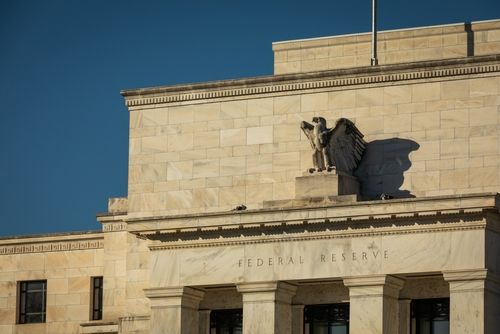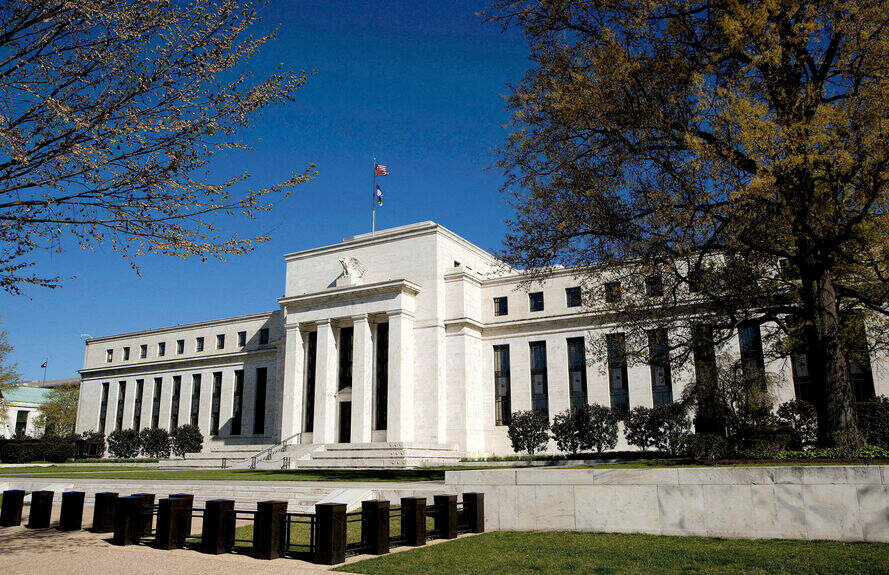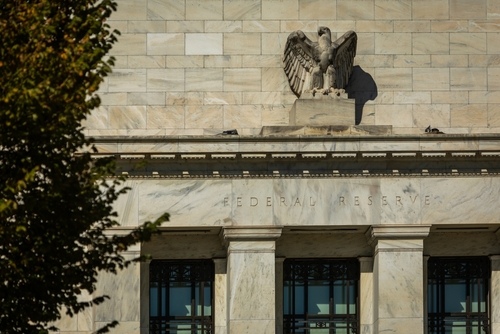Why a 50-Basis-Point Rate Cut in September Should Worry Investors? Risks and Fed Independence Loom Large


TradingKey - After the release of the July nonfarm payrolls and CPI reports, markets have all but locked in expectations for the Federal Reserve to restart rate cuts in September, but the magnitude of the cut remains uncertain. U.S. Treasury Secretary Scott Bessent has called for a 50-basis-point cut, but analysts warn that a larger cut could signal deeper concerns about the economic outlook, especially against a backdrop of solid corporate fundamentals.
On Wednesday, August 13, Treasury Secretary Bessent said in an interview that a 50-basis-point rate cut at the Fed’s September monetary policy meeting is “highly likely.”
This marks the second consecutive day Bessent has advocated for a 50-basis-point cut. On Tuesday, he said that if the Fed truly understood the state of the U.S. labor market, it should have already cut rates in June or July.
“The real thing now to think about is should we get a 50 basis-point rate cut in September,” he said.
While a more accommodative financial environment could theoretically support economic growth and boost risk assets, some argue that a larger rate cut could reflect underlying economic anxieties and damage the Fed’s independence, potentially dampening such optimism.
Daniel Siluk, strategist at Janus Henderson, noted that U.S. corporate profit margins are near record highs so far this year, giving companies room to absorb higher tariff costs without significant pressure. This reflects a broader economy that remains fundamentally healthy.
Siluk said a 50-basis-point cut could create a “panic” impression. A 50-basis-point cut last September was justifiable, as the policy rate had previously been as high as 5.5%. But with 100 basis points already cut in this easing cycle, the shift in the neutral rate — the level at which rates neither stimulate nor restrict the economy — remains uncertain.
Siluk believes current policy rates are already much closer to the neutral rate than they were 12 months ago.
Compared to recent months’ focus on tariff-driven inflation, the prevailing view now is that the July CPI report has cleared the “inflation hurdle,” shifting the Fed’s focus to labor market weakness.
Yet a 50-basis-point cut is not a consensus. TD Securities argues that calls for a larger cut are driven by the Treasury Department’s desire to finance U.S. debt at lower borrowing costs in the future.
The bank said rate cuts can achieve this, but that is precisely why the Fed was established as independent from the Treasury.
Guotai Junan International notes that shaping rate expectations has long been the Fed’s exclusive domain, and Treasury secretaries have traditionally kept deliberate distance from monetary policy to preserve institutional boundaries. Bessent’s comments clearly cross that line. His public provision of “parallel forward guidance” could lead to a decentralization of communication authority, forcing investors to sift through multiple, potentially conflicting signals in the future.
This could mean that if investors develop deeper skepticism toward rate signals, their investment decisions may become more constrained.






